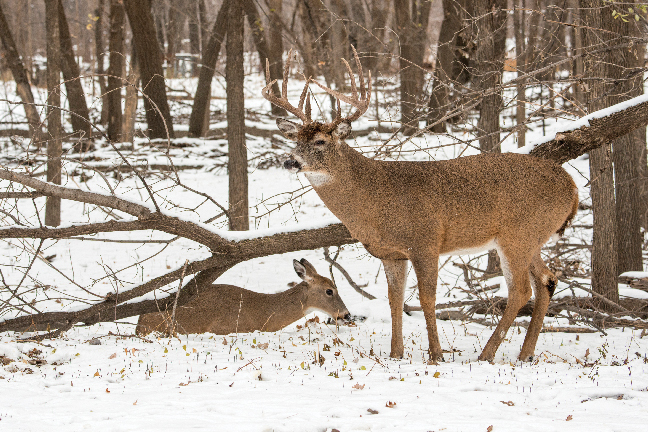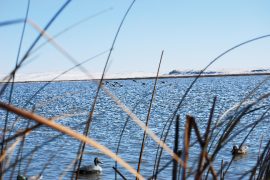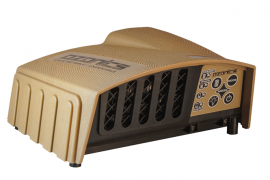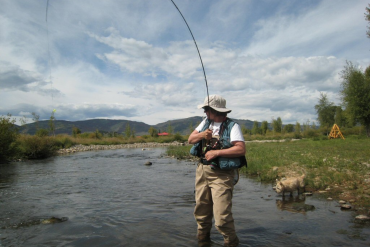It’s amazing how much you can learn at the annual Southeast Deer Study Group Meeting. Every year, the top deer researchers in the world present the latest information on whitetails, and it’s open to the public. The Conservation Department of Missouri did a great job hosting the 2017 meeting, where there were 56 presentations. Here are the ones I believe will be of most interest to bowhunters.
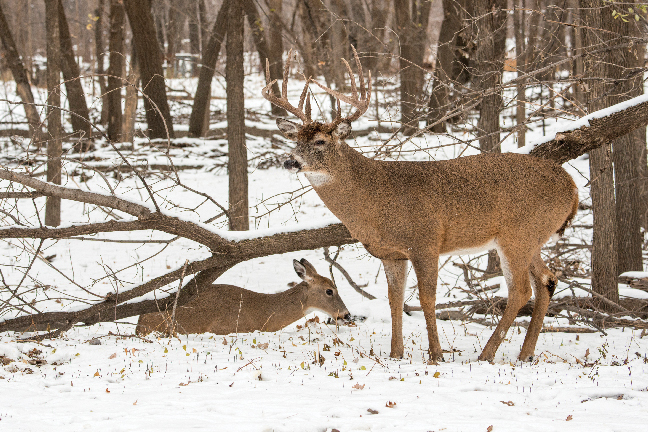
Graduate student Dan Morina from Mississippi State University had one of the more innovative and interesting presentations. He wanted to know if bigger antlers impressed estrous does. Working in pens, he manipulated antler size but controlled body size and age, and then allowed 25 estrous females to choose between segregated pairs of bucks with either large or small antlers. He paired 11⁄2-year-old and 61⁄2-year-old bucks of the same weight. Then, using tape and screws, he attached large antlers that scored 163 and small antlers that scored 63 inches to young and old bucks with big and small antlers. Then he placed pairs of bucks in pens on either side of a penned estrous doe. The estrous females were left there for 36 hours, and the amount of time she spent next to each buck was measured. The results were overwhelming. Whether animals were walking or bedded, the does almost always chose the buck with the biggest antlers. They concluded that big antlers provide a signal of genetic quality to females. Neat study.
Erin Watson, a graduate student at the University of Georgia, was interested in learning just how well deer see. Yes, we know that deer have great eyesight, but Erin found some clues as to why. It turns out that deer process visual images at a faster rate than humans, making them much more sensitive to movement than humans. In fact, she learned that their ability to receive visual information (and thus see movement better) is four times better than humans at sunrise and sunset. So, not only do deer see movement better than we do, they see movement better at the critical hunting times of dawn and dusk.
How often have you heard someone say that there were poor antlers in one area because there was poor soil? Poor soil means plants get poor nutrients, and thus deer do too. Dr. Craig Harper from the University of Tennessee addressed the question of whether poor soils limit plant quality. He looked at 11 deer forage plant species in 12 states with a wide range of soil quality. He was particularly interested in crude protein, potassium, phosphorus, and calcium. Did the availability of these nutrients in plants and the amount of growth of these plants vary with soils? The results were surprising, and conclusive. Soil quality had almost no relationship to forage quality. Soil productivity did not alter plant nutrients in pokeweed, sumac, ragweed, and many…

